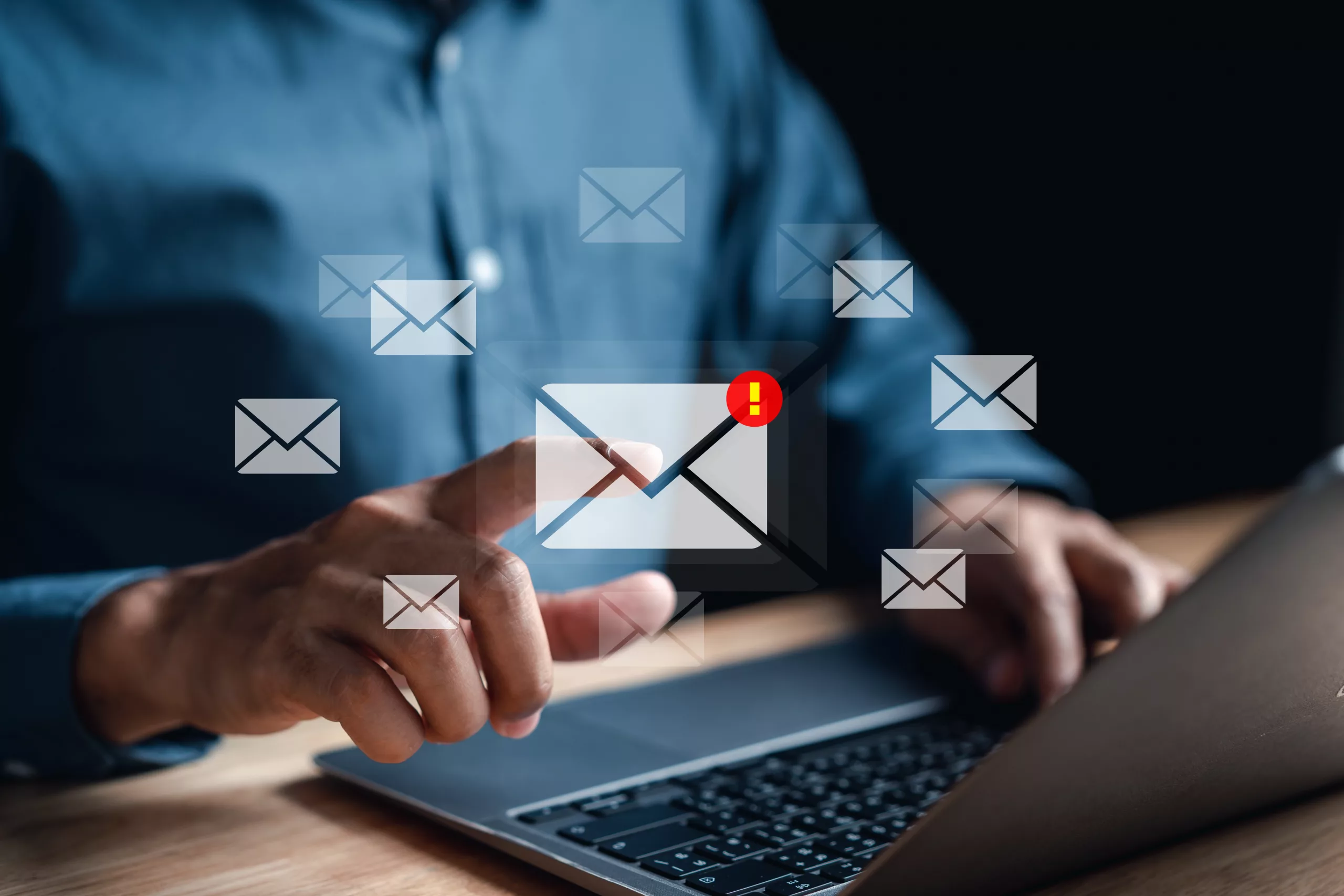Email remains the most common way cybercriminals target small businesses. From phishing scams to ransomware-laced attachments, one wrong click can lead to data loss, financial theft, or reputation damage. Understanding and applying email security best practices can help your business stay one step ahead of cyber threats.
1. Educate Your Team on Phishing Attacks
The first line of defense is awareness. Training employees to recognize suspicious emails is one of the most effective email security best practices.
Example: Host a quick monthly meeting or send out sample phishing emails so your team can learn what to look for — such as strange sender addresses, grammar mistakes, or urgent “act now” messages.
Learn more about spotting phishing attacks here.
2. Use Strong, Unique Passwords and MFA
Your inbox contains sensitive business data, so protecting it with strong passwords is essential.
Example: A good password uses a mix of uppercase and lowercase letters, numbers, and symbols. Combine that with multi-factor authentication (MFA) to stop unauthorized access even if a password is compromised.
3. Avoid Clicking Links or Opening Unknown Attachments
Malicious links are a favorite tactic among scammers. One careless click can unleash malware.
Example: Before clicking, hover over a link to see the real URL. If it looks suspicious, delete the message. When in doubt, confirm with the sender through another channel.
4. Use Business-Grade Email Hosting
Free email platforms are convenient, but they often lack strong security controls. Investing in business-grade email services (like Microsoft 365 or Google Workspace) is one of the smartest email security best practices.
Example: These platforms include advanced spam filters, encryption, and administrative tools to manage access across your organization.
5. Regularly Back Up Your Emails
Even with strong defenses, accidents happen. Backing up emails is one of the simplest but most overlooked email security best practices.
Example: Set up automatic cloud backups or use archiving tools so you can recover important messages if they’re deleted or compromised.
6. Implement Email Encryption
Encryption protects messages during transmission, making it unreadable to anyone without the proper credentials.
Example: Use built-in encryption settings in Outlook or Gmail, or install third-party tools to secure sensitive data like invoices or client records.
7. Create a Response Plan for Suspicious Emails
Even with all the right email security best practices, mistakes happen. That’s why having a response plan is key.
Example: If an employee clicks a bad link, they should know to disconnect from the internet immediately, notify IT, and change their password.
Conclusion
Your business’s email inbox is a high-value target — but by following these email security best practices, you can protect your data, your clients, and your reputation. Awareness, encryption, and strong authentication go a long way toward keeping your digital communications safe.
Don’t forget to check out our previous article on website security best practices!


